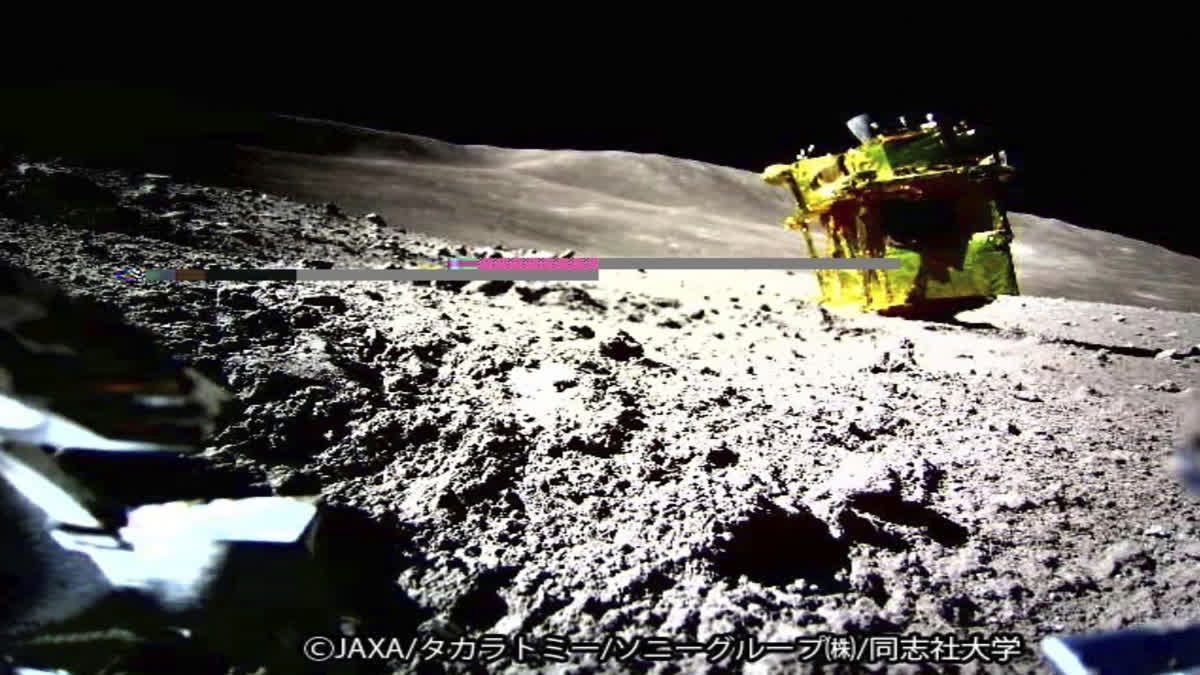Tokyo: An unmanned lunar spacecraft has captured and transmitted data analyzing 10 lunar rocks, a greater-than-expected achievement that could help provide clues about the origin of the moon, a Japan space agency official said Wednesday.
For four days, the Smart Lander for Investigating Moon, or SLIM — which landed on the moon last month — has used its multi-band spectral camera to study rock composition, and worked on examining lunar rocks, said Japan Aerospace Exploration Agency project manager Shinichiro Sakai.
The lunar mission is Japan's first. The spacecraft made a historic precision touchdown on Jan. 20, though it landed the wrong way up, with its solar panels initially unable to see the sun and was turned off after a brief communication with Earth. But on the eighth day, it started working, allowing it to successfully re-establish communication with the command center at JAXA on Earth.
A black-and-white photo transmitted soon after SLIM was reactivated showed the bumpy lunar surface, including six rocks. The craft eventually obtained data from 10 rocks altogether, all of which have been given the names of dog breeds, such as "Akitainu," "Beagle" and "Shibainu."
"We are hoping that the rock analysis will lead us to the origin of the moon," Sakai said. By comparing the mineral compositions of moon rocks and those of Earth, they could find out if the rocks have common elements, he said. According to the "giant-impact" hypothesis, the moon is believed to have formed as a result of the Earth colliding with another planet, and a smaller mass spinning off of them.
The JAXA team expected SLIM to study and analyze only one rock, so having data on 10 rocks was a cause for celebration, propelling the team to pursue studying the moon's origins.
